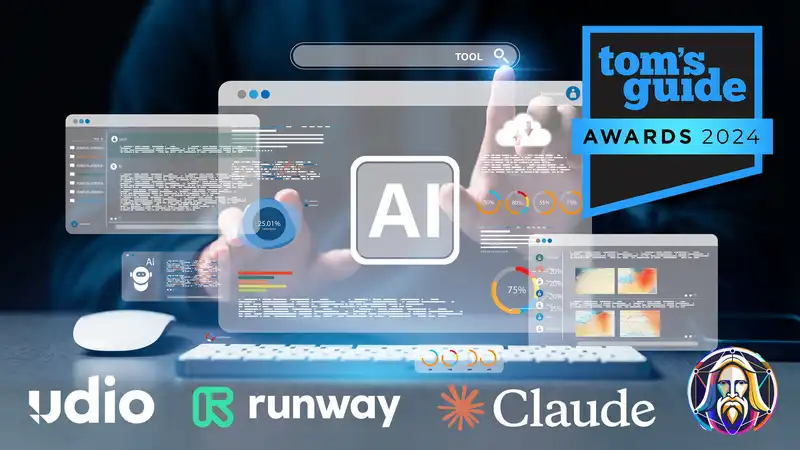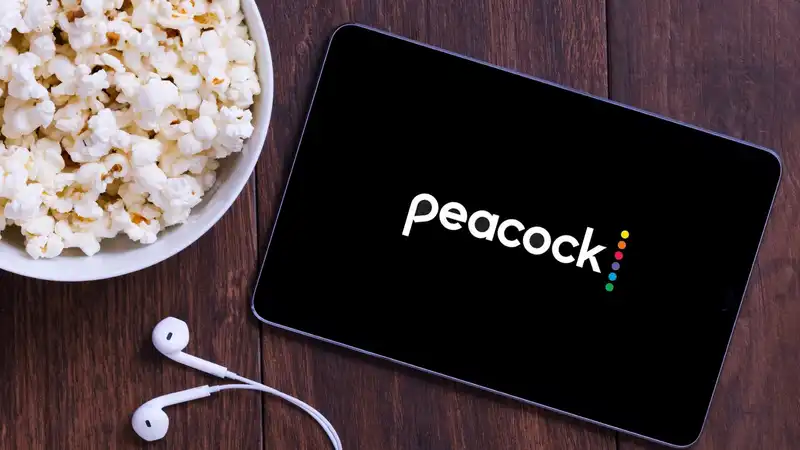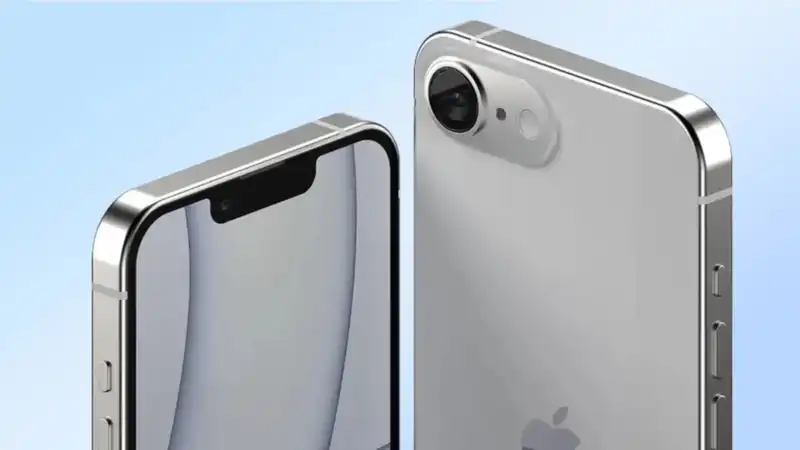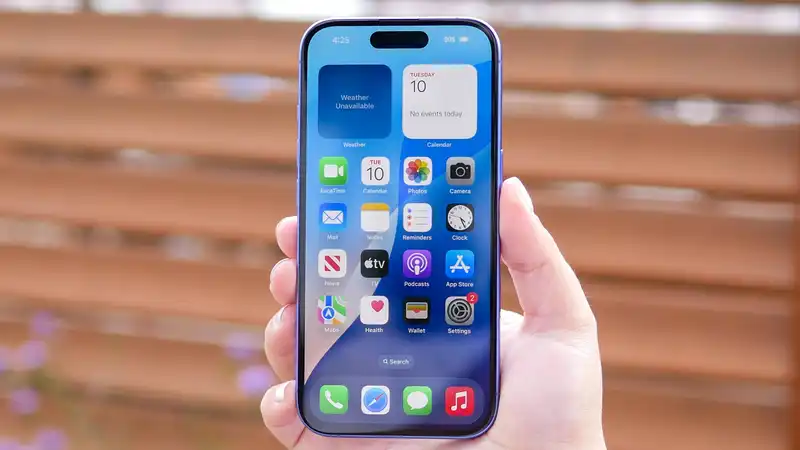Generative AI has come a long way in the past year, from a handful of AI image generators, ChatGPT, and the first signs of AI video to an ecosystem of creativity
Every major tech company has fully embraced the world of generative AI, and chatbots like ChatGPT, Claude, and Gemini hold their own in everything from generating computer games to writing impressive poetry
From companies like Suno and Udio comes advanced, natural-sounding generative music with vocals, and AI videos are now so realistic that they are indistinguishable from reality
A handful of companies stand out from the pack in this area, often offering unexpectedly impressive features, powerful community systems, or advanced functionality not available elsewhere
In less than a year, Claude has gone from being an underdog compared to ChatGPT to one of the most powerful and feature-rich AI productivity platforms on the market
Sonnet 35 offers advanced reasoning, complex coding, the ability to understand the most obscure images, and improved understanding of humor
What makes Claude stand out as the best AI chatbot of the year is Anthropic's constant upgrades and new features It allows users to interact with games, apps, code, and graphics generated by Claude without leaving the interface, and even share their creations with others
On top of the projects and improved user interface, Anthropic has also added a projects feature that allows users to load various files and artifacts linked to a single chat
Artificial intelligence image generators came into their own in 2024, reaching a level of realism previously not possible and even developing the ability to accurately render text over images There are more AI image generators than any other type of generative content product, and for me, Leonardo stands out as the most feature-rich and original product in a crowded market
As well as stable diffusion-based models for generating complex, photorealistic images, upscaling, and even texture generation, Leonardo has its own model in Phoenix What this new generator can do is follow prompts I have never tried before I can clearly specify what I want, even for complex queries, and it renders the results exactly as I want them
Other features include video generation from any image, real-time generation, and even the ability to create AI images from rough sketches rather than text prompts
Competition in the AI video generation field has grown rapidly in the past 12 months, from Runway alone as the only commercial compositing AI video tool, to Pika Labs, Luma Labs Dream Machine, Haiper, LTX Studio, and others, if not the general public, For filmmakers at least, the market has become increasingly crowded, including OpenAI's Sora
Despite the crowded market, the reason Runway is my AI video generator of the year is the fact that it continues to innovate, including new models that allow for impressive realism in both motion and video quality Gen-3 is not yet fully operational and is only available as an alpha release with text-to-video conversion, but it is nevertheless the best video model available on the market
In addition to impressive video generation, Runway's lip-sync is one of the most impressive I have used The site comes with an asset catalog and team-based interface, and has a range of other image, 3D, and audio features available as part of the same subscription
AI music generators are numerous and may be one of the most controversial categories due to concerns and legal action from the music industry There are generators that use only licensed or tracked music and offer original features, but of those currently available, Udio is by far the best in sound quality, musical realism, and vocal generation
Udio and Suno were very close, but in the end, the ability to set specific generation points when extending a song, customization of lyrics and style, and community development won out In addition, Udio's songs capture an emotional feeling that others struggle with
Udio also offers more control than other models You can use tags to set specific parts of a song to speaking, create genre-defying tracks, or build a song from your own sounds
In just a few months, Meta Rayban's smart glasses have gone from camera glasses with a built-in voice assistant to a full-fledged AI device that will greatly benefit your everyday life
Sure, the suggested price of $299 may be a bit steep for a pair of specs, but the meta-technology inside and regular software updates make them more than worth it It all starts with a 12MP camera on the front that captures impressive photo and video content in an Instagram-friendly 9:16 aspect ratio Alongside this, the impressive built-in speaker and microphone make it ideal for calls and ambient music on the go
But the real beauty is in the AI, and the smarts unlocked in this form factor are huge For example, during my stay in Costa Rica, I could see the sights and ask for more information about them
Also, at a restaurant where I was momentarily confused by a long Spanish menu, the voice translated what was written on the paper for me Simply put, this is the best AI hardware you can buy right now
Imagine Google Lens, but with AI and considerably faster and more convenient to use This is a basic description of Android's Circle to Search With a few quick gestures, such as drawing a circle, you can ask Google AI what it is you are looking at There is no need to switch to another app, type, or take a screenshot
The AI is quite subtle, and you may not have realized that Circle to Search actually uses AI But it identifies objects and sounds, translates text into something you can read, and answers your questions about what's on the screen The best part is that Circle to Search is so easy to use that you can easily activate it without even realizing it










Comments